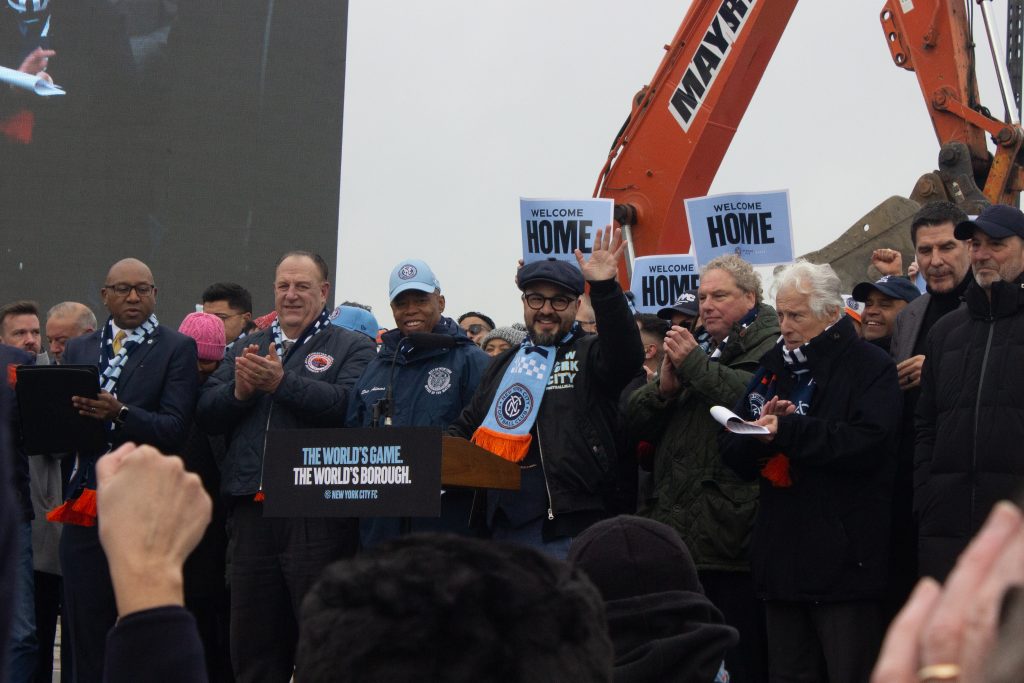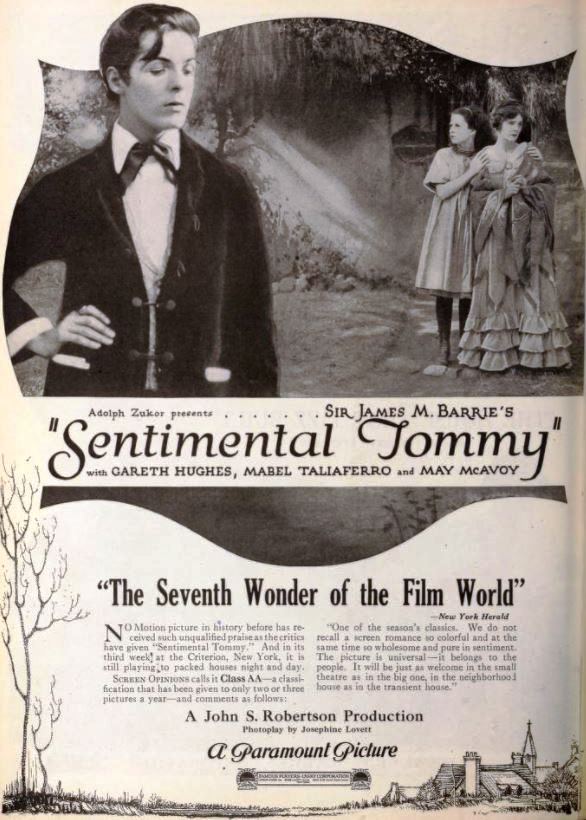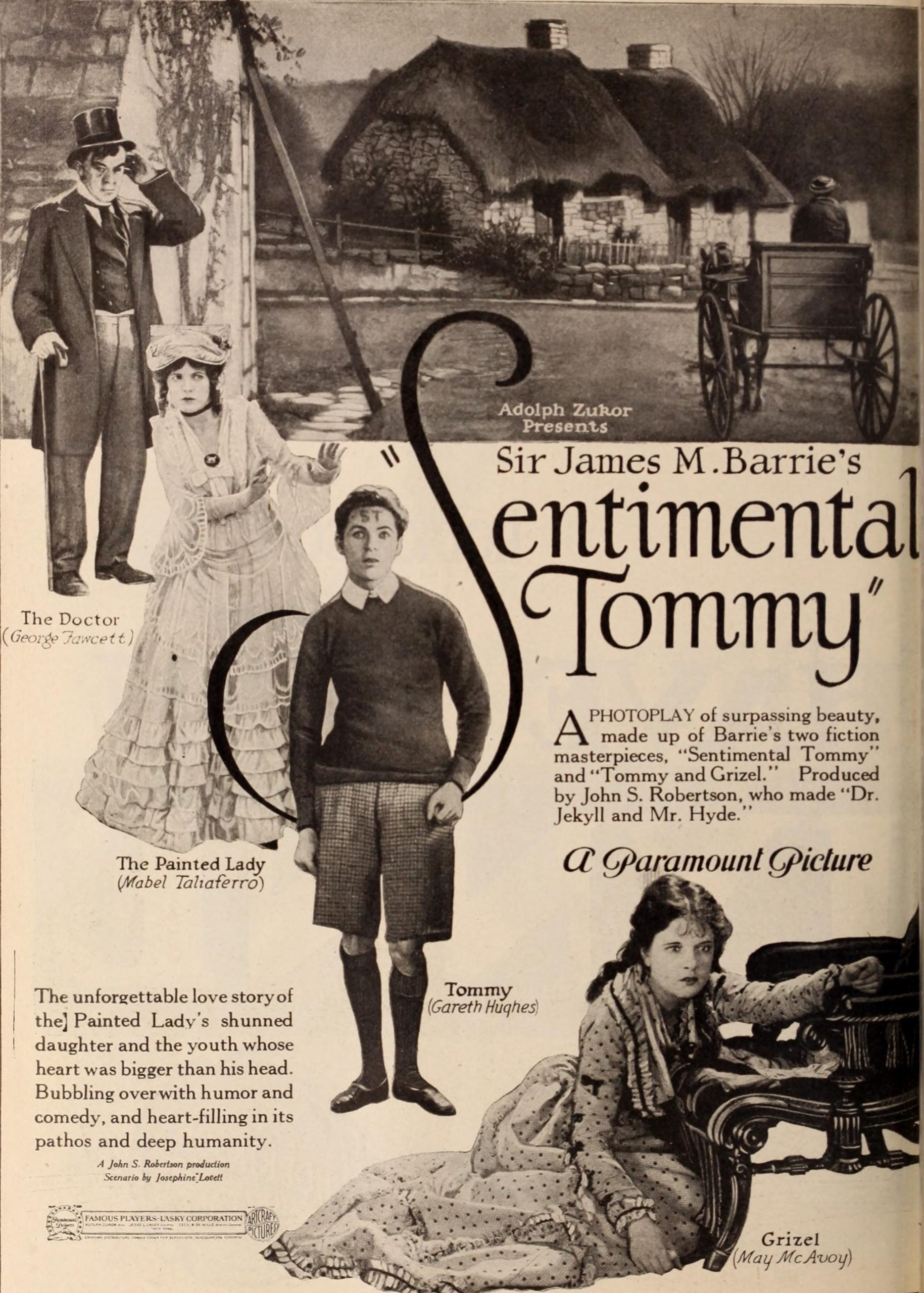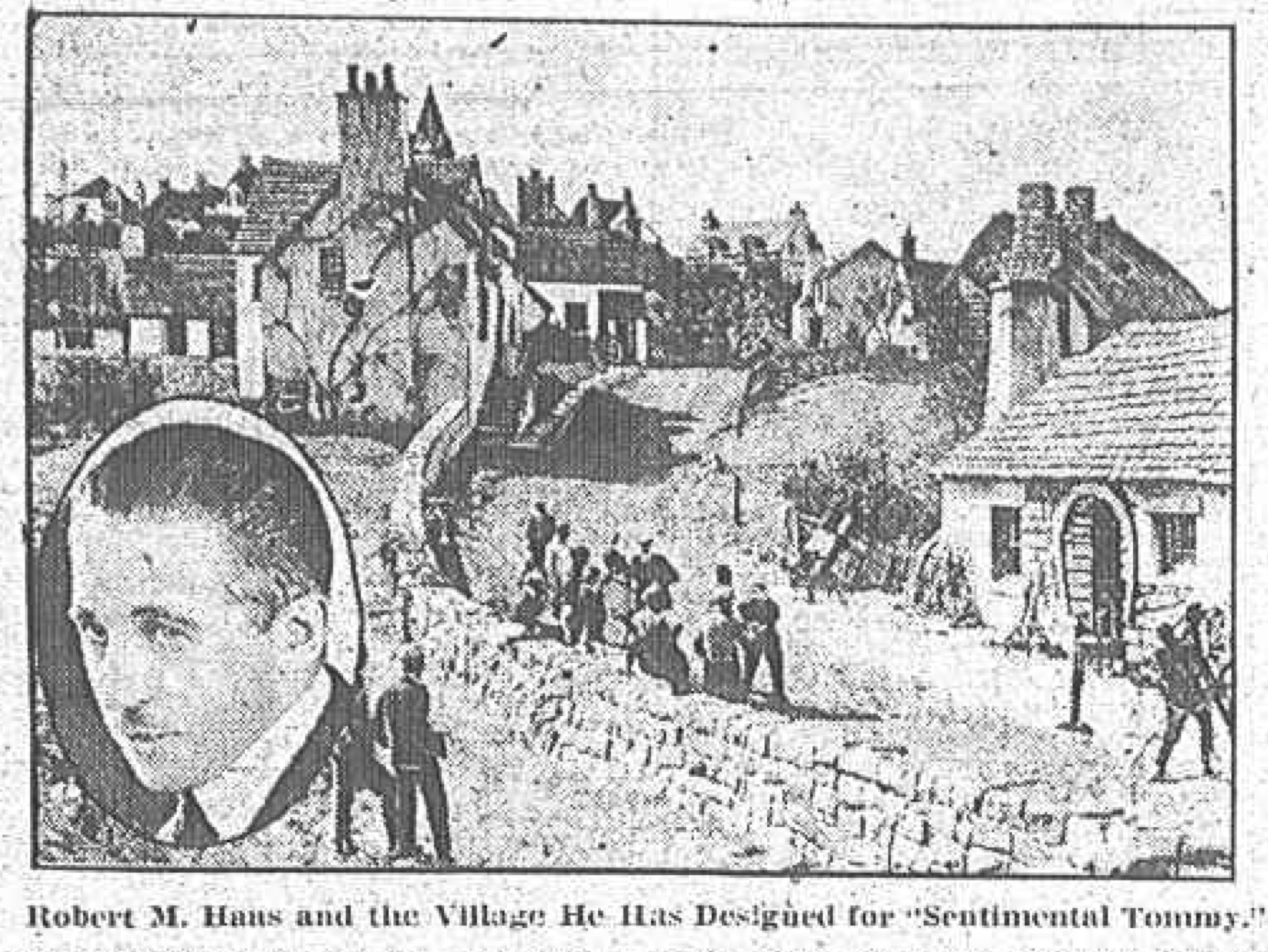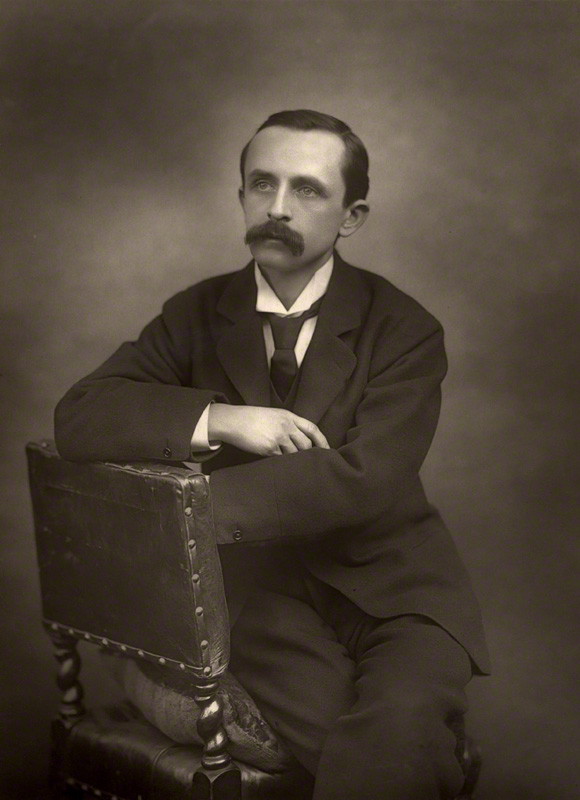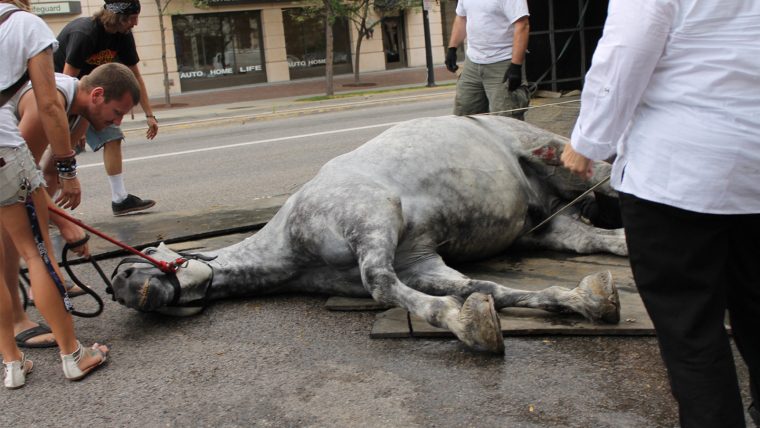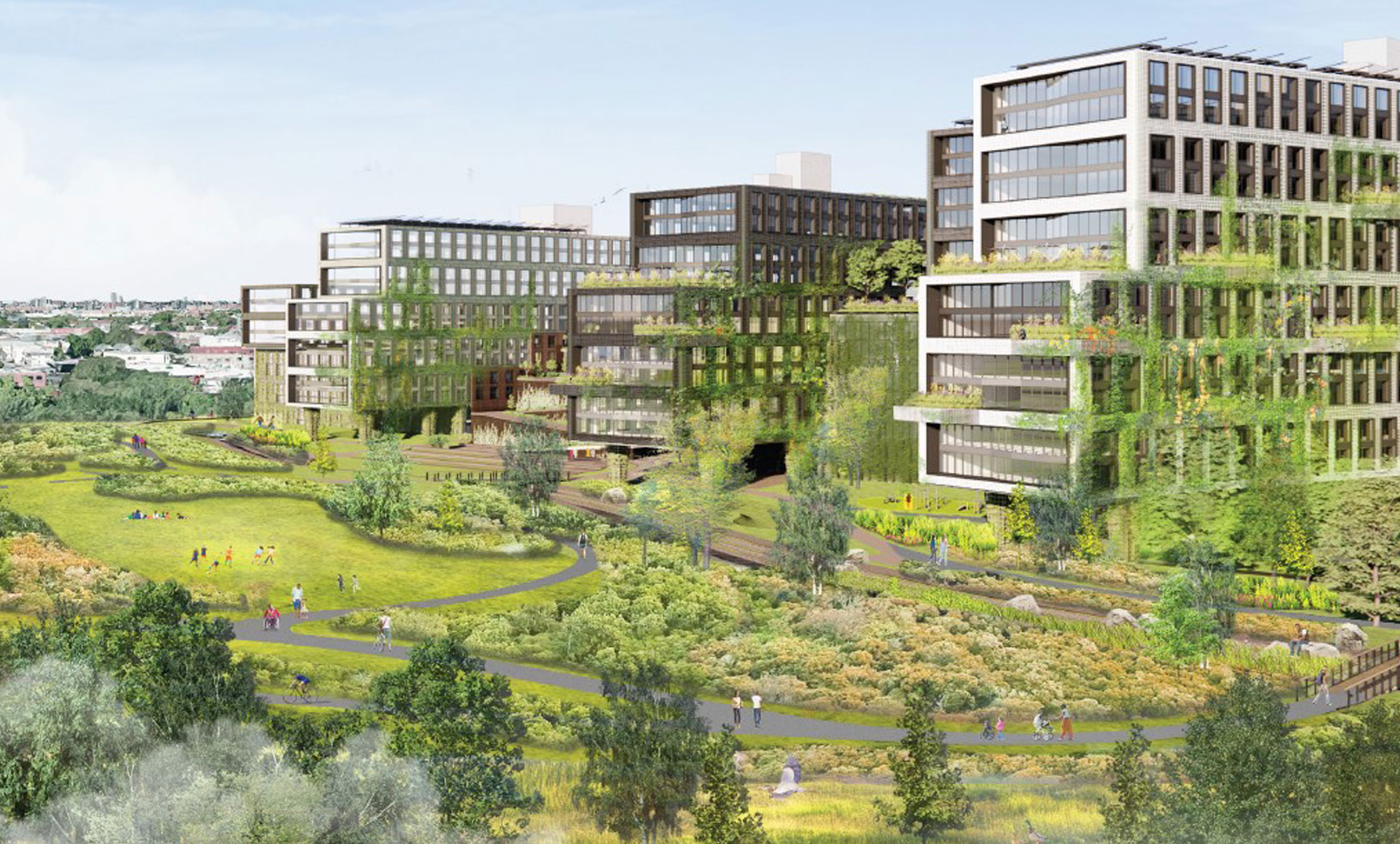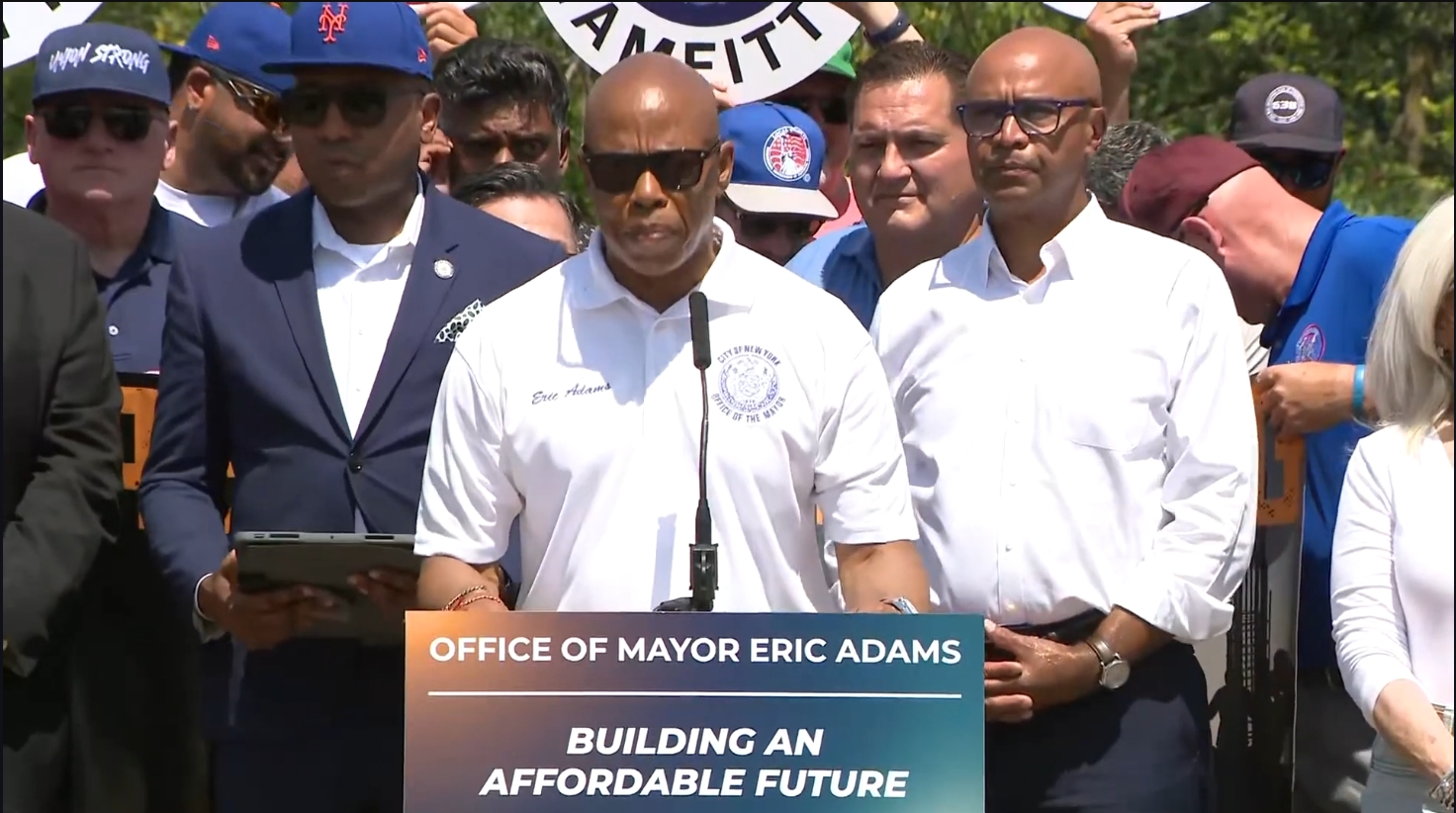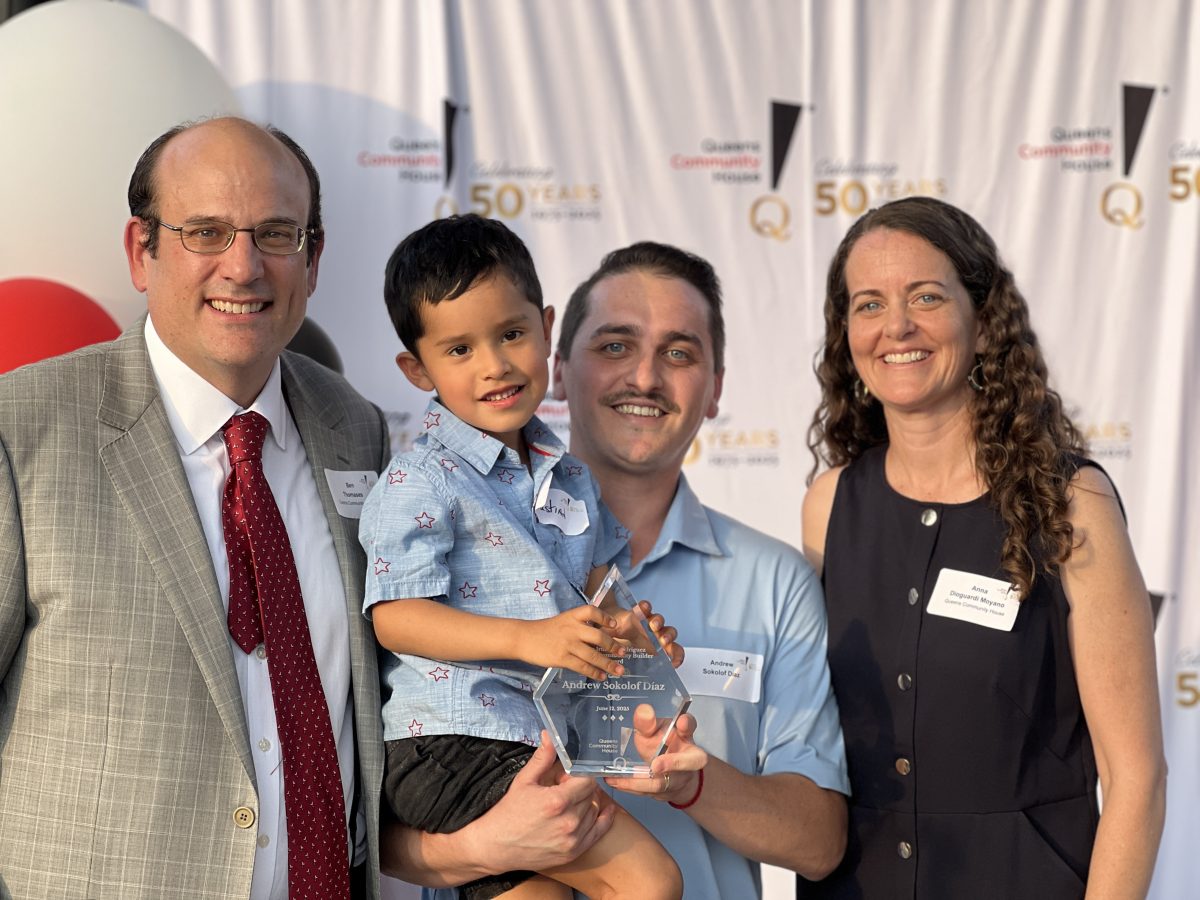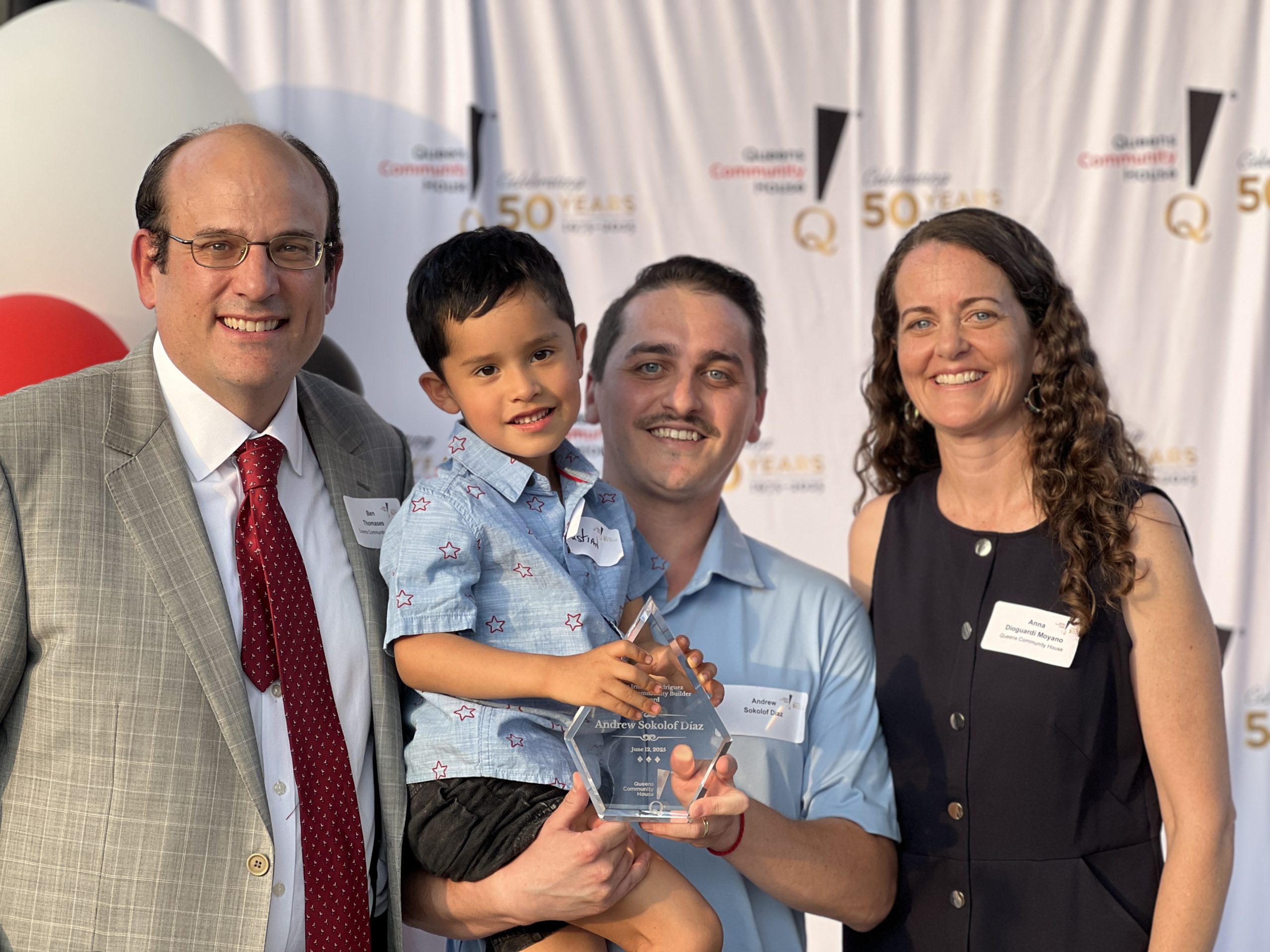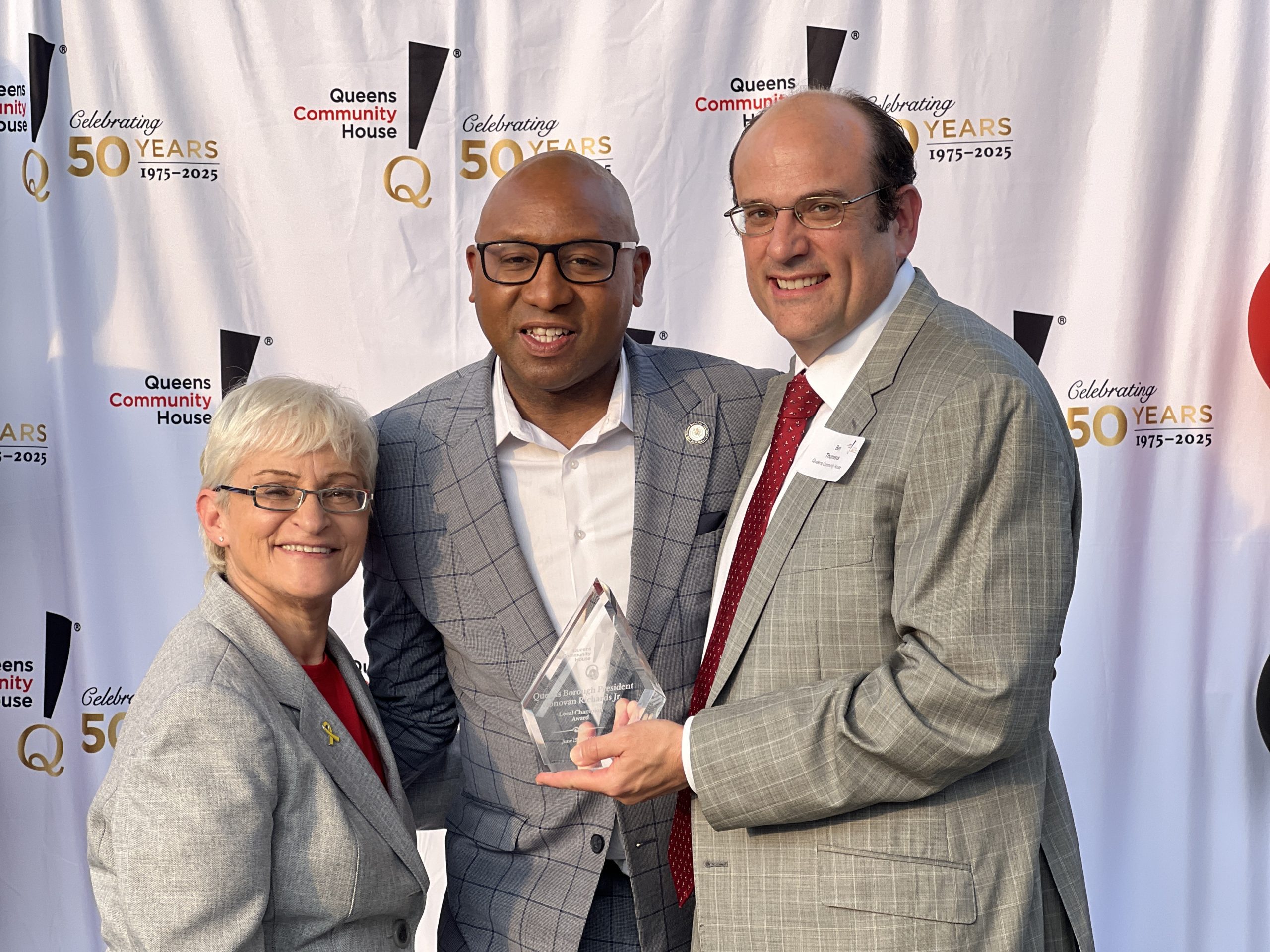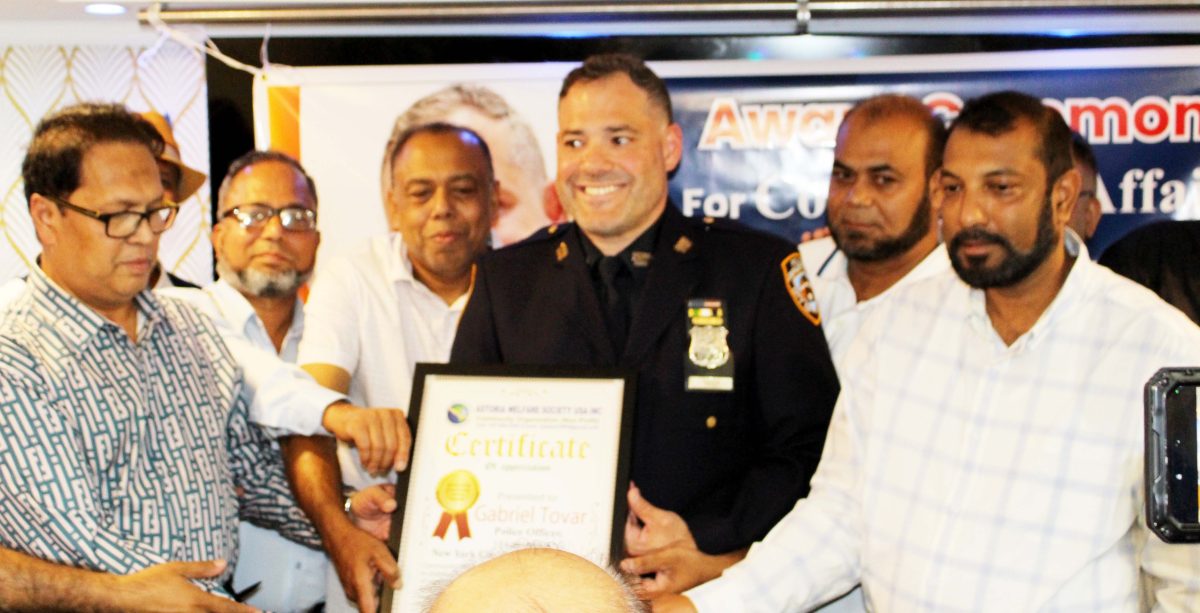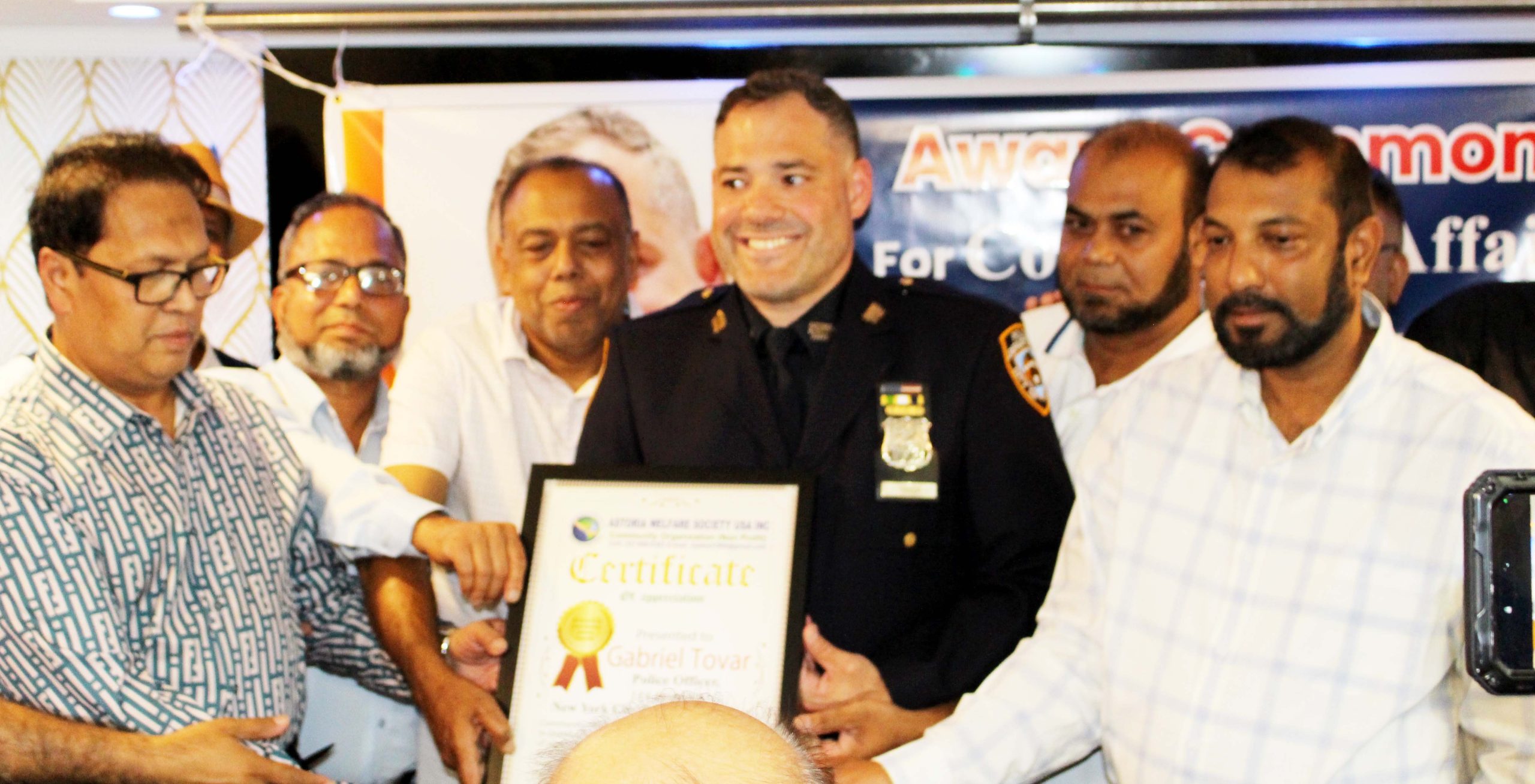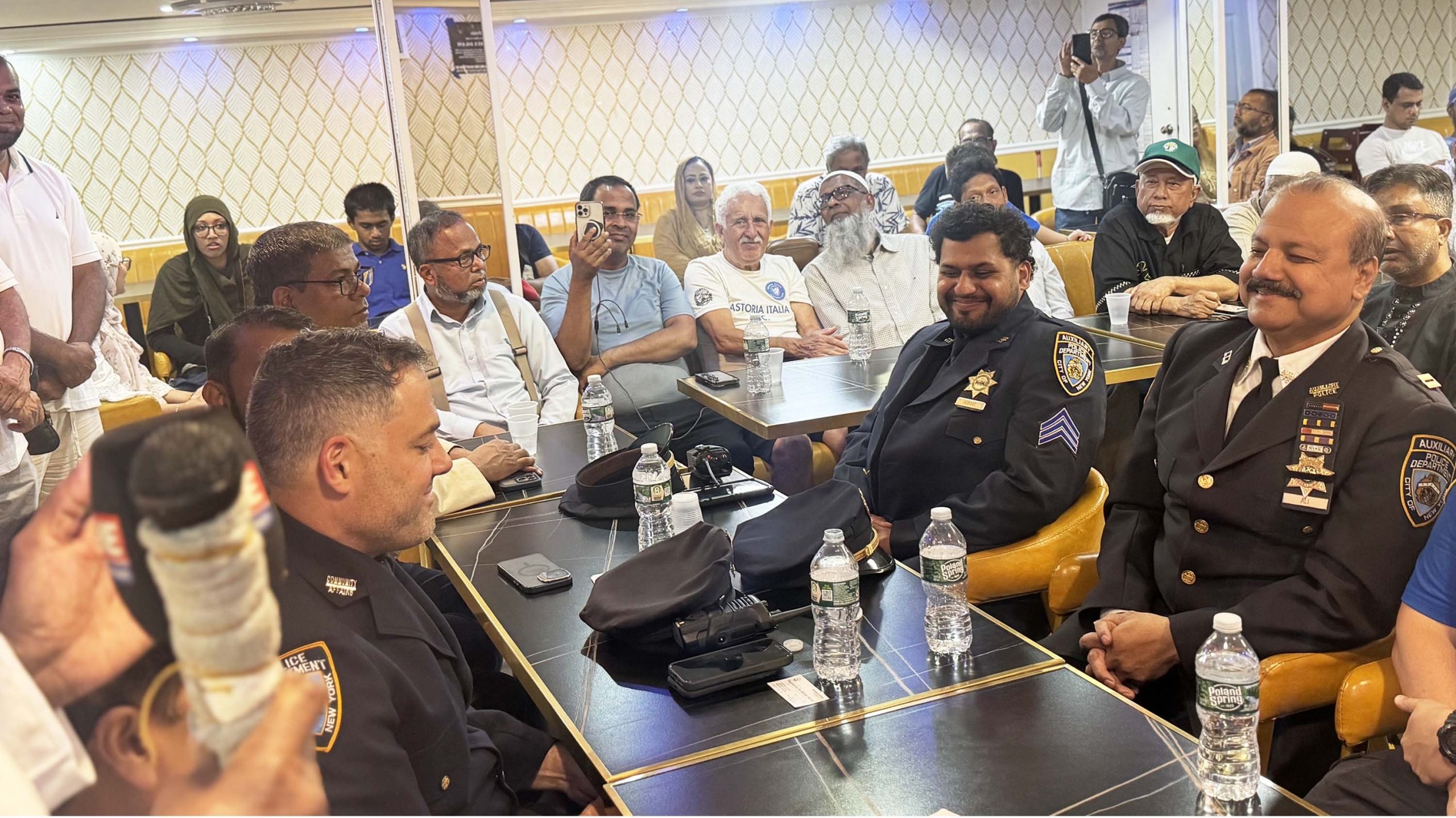A Dynamic Daycare Inspiring Young Minds
By Michael Perlman
It is essential to build a solid foundation in our earliest years, and in the forefront is ClearView Kids Daycare Center. Located in the heart of Forest Hills’ residential and commercial district at 68-60 Austin Street, Suite 200, this full-time weekday nursery to prep school center for children, ages 2 to 5, has been educating, motivating, and enriching young minds in distinctive ways since opening day on April 1, 2025.
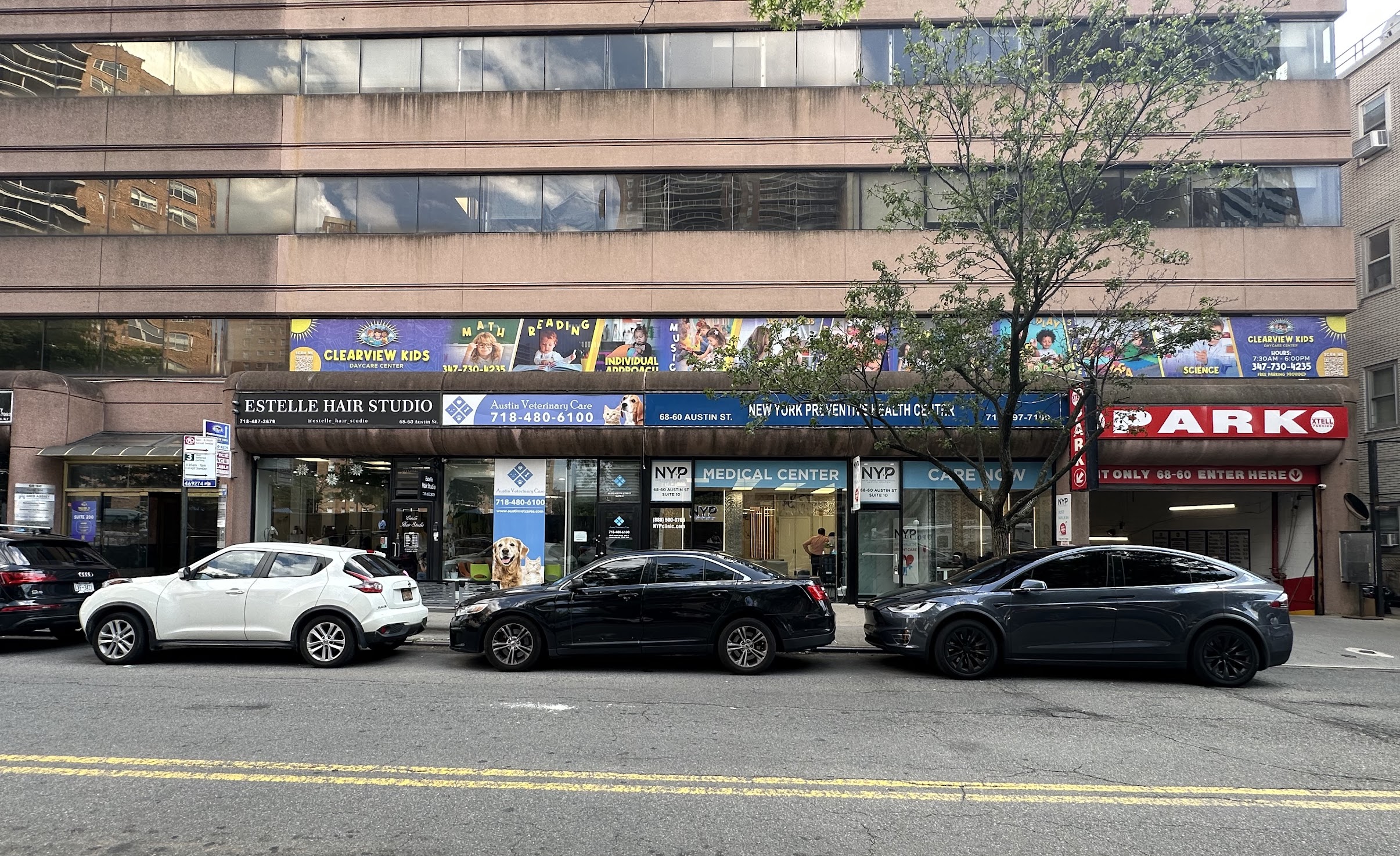
ClearView Kids Daycare, 68-60 Austin St, 2nd floor, Photo by Michael Perlman
Upon entering the daycare, warm smiles and a friendly demeanor light the way. A logo in the foyer reads, “A place where every child shines. A place of love, learning, & support.” A thought bubble features an eye with three children sharing a book, and lustrous rays extend into depictions of diverse activities. Personalized attention and a variety of group settings becomes apparent.

A welcoming space, Photo by Michael Perlman
Bianna Mazler, who achieved a Masters in Speech and Language Pathology, serves as ClearView Kids’ executive director. After immigrating from Uzbekistan, she settled in Rego Park, and currently resides in Kew Gardens.
Diana Mozner serves as the center’s educational director. She resides in Queens Village and formerly called Rego Park home. She achieved a Masters in Music in Turkmenistan, and locally, she achieved a Masters in Special Education from Touro College. She takes pride in being a licensed music and special education teacher.
ClearView Kids Daycare offers bright and spacious classrooms to teach and nurture up to 100 students, and enrollment currently remains open. Students are enrolled from Forest Hills, Rego Park, Kew Gardens, Fresh Meadows, and sections of Long Island, which indicates how students and their parents value the daycare’s vision and commitment to excellence. The curriculum blends diverse research-based approaches, tailored to developmental milestones and each child’s individual needs.

Developing bonds over interactive games, Photo by Michael Perlman
“In regard to education, we integrate various curriculums to deliver highest quality services. We make learning fun and meaningful,” explained Mozner. Mazler added, “Our children learn best through exploration and play, and we create an environment where those moments materialize daily.”
The highly skillful staff consists of teachers and teachers assistants, who achieved Bachelors and Masters degrees. Also ready to serve are chefs, who Mazler feels are “very kind and loving people,” which is their most important title. “We believe in teamwork. Everyone is valued, and it does not matter if you are cleaning, cooking, or a teacher. We are all one,” she said.

Owners, staff, & children welcome you, Photo by Michael Perlman
Mazler explained how their enduring friendship evolved into a thriving business partnership, after meeting approximately twenty years ago while working in the field. “Since Diana is a special education teacher and I’m a speech pathologist, we were providing homecare services for the same client. We quickly became friends, and then best friends. Over the years, we worked as a team, celebrated many successes, and realized we could achieve so much more together. That’s when we decided to open our own daycare, knowing we could make a greater impact in the lives of many children.” Their shared passion, mutual respect, and seamless collaboration, strengthened by two decades of experience in daycare center environments, remain the driving forces behind their success.
“Our mission is to provide the highest quality of care for children, to embrace inclusivity and diversity, and to nurture each child with love, guiding them toward a life built on compassion and support,” continued Mazler. She also shared the inspiration behind the center’s engaging name, “ClearView,” which was mutually selected. “As parents, we wanted to offer families a ‘clear view’ by being open, transparent, and deeply committed to the well-being of every child in our care. We want parents to know exactly what their child is learning and eating, while we provide a safe and positive environment. Simultaneously, we maintain a clear vision of how we conduct our work by helping children grow strong, confident, and ready to thrive.”
The Monday to Friday schedule, which runs from 7:30 AM to 6:00 PM, offers significantly more than a standard daycare routine. It is a day filled with opportunities for growth, learning, and joy. Children enjoy a rich variety of activities, including free play and library time, circle time, learning centers and small-group projects, indoor and outdoor play, gross motor activities, music and movement, art and sensory exploration, and storytime, among others.

Outdoor play area, Photo by Michael Perlman
Mazler highlighted several qualities that distinguish their daycare apart from others. “We truly love children from the bottom of our heart, and that love is felt from the very moment that parents bring them through our doors,” she shared. The team also places great emphasis on helping children transition smoothly from their home to the daycare environment, which is an experience that can be stressful. With years of expertise, they apply gentle, preventative strategies to ease separation anxiety, and create a sense of comfort and security from day one.
Another standout is preparing three balanced meals and two nutritious snacks, consisting of high-quality ingredients in a kosher kitchen. Milk and eggs are among the organic products. They are committed to accommodating dietary needs, as well as diverse tastes, since healthy food should be delectable and suited to a child’s preferences. Breakfast, for example, may consist of oatmeal with fruits, eggs, and toast or French toast. Vegetarian and vegan options are also available. “We introduce our students to a variety of foods and textures, prepared in a healthy manner, and over time, they become curious and often end up loving them,” said Mazler.
“We offer music classes and sports once per week, and we have our students help prepare challah from scratch on Fridays in our weekly cooking class,” said Mozner. The hands-on approach not only engages their senses, but teaches practical skills that they can carry into their homes as they mature.
“By playing sports, children learn how to follow directions and develop motor skills,” said Mazler. The program offers judo and karate classes, which help children develop physical strength, coordination, balance, and self-discipline, while also building confidence and fostering respect for themselves and others. Another unique aspect is etiquette classes, where children acquire essential social skills, such as sharing, expressing gratitude, and showing respect.
Students also participate in themed performances in conjunction with upcoming holidays, such as Mother’s Day and Father’s Day, which reinforces the traditions and values each season represents. Sensory integration therapy consists of exposing children to materials, including sand and water. This summer, shows are held weekly, which feature a range of subjects. Animals were in the spotlight of one show, and others featured interactive foam and paper as a source of entertainment. Water activities enable students to discover the properties of water, develop interpersonal cues and establish bonds, and enjoy the summer warmth in the center’s enclosed on-site playground.

Where creativity is key, Photo by Michael Perlman
Based on Mazler’s observations and feedback from parents, she shared a few of many reasons why co-owning a daycare is gratifying. “After a few months of operation, their children start following directions. They develop speech and language skills. They start interacting with other children and are more mature. They’re never hungry when they come home. Parents tell us ‘Thank you!’ We also hear how their children, even on weekends, are looking forward to visiting our daycare.”
“Kids feel the atmosphere. They feel it’s a home when they come to our daycare, since we all have positive energy,” said Mozner. “When they come here with their parents, they don’t want to leave, even if it is their first visit. They already feel loved. You don’t have to tell them ‘I love you.’ They know. We always recommend parents to take a tour and see for themselves, since only parents can feel if this is the right place for their child. Our daycare is education combined with positive energy and love.”

Colorful interactive spaces along with a Tree of Life, Photo by Michael Perlman
The layout and configuration of rooms with their purpose, lighting, and the whimsical and colorful huge murals lining the hallway also contribute to the daycare’s unique personality. Children are inspired to use their imagination. One of the murals features toddlers steering a rubber duckie alongside a rainbow, above a rainbow pencil-inspired house, and a toddler hitting a drum as another makes their way down a sliding pon. In a room, cutouts of Cookie Monster and Bert surround a miniature library, enabling a classic adventure. Another space features an interactive colorful growth wall, where children can learn to measure their height alongside a giraffe, monkeys, flowers, and insects.

Murals enable one’s imagination, Photo by Michael Perlman
The duo can also be regarded as artists from designing their center’s engaging logo and beyond. Mozner explained, “We conducted much research regarding what is good for kids, such as how the lights are supposed to be and what colors to use. We read lots of literature, but also applied our own imagination.”

A journey begins at ClearView, Photo by Michael Perlman
ClearView Kids Daycare Center is partnering with the QUALITYstarsNY program, a rating and improvement system for early childhood programs, which provides support and resources throughout New York State.
To discover the magic at ClearView Kids, visit www.clearviewkids.com, call 347-730-4235, email Clearviewkidsinc@gmail.com, follow @clearview_kids_daycare_center_ on Instagram, and book a consultation and tour. Enrollment and a journey awaits!




